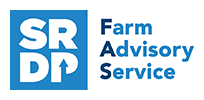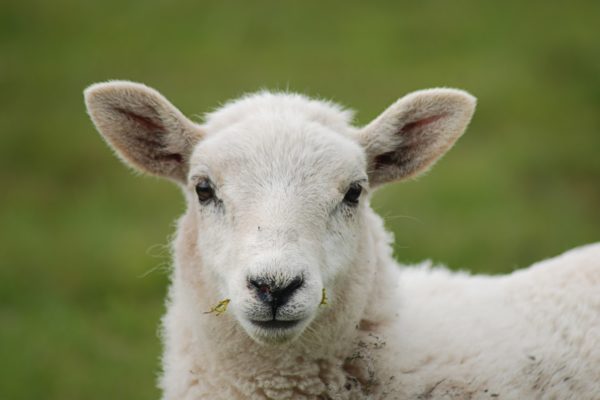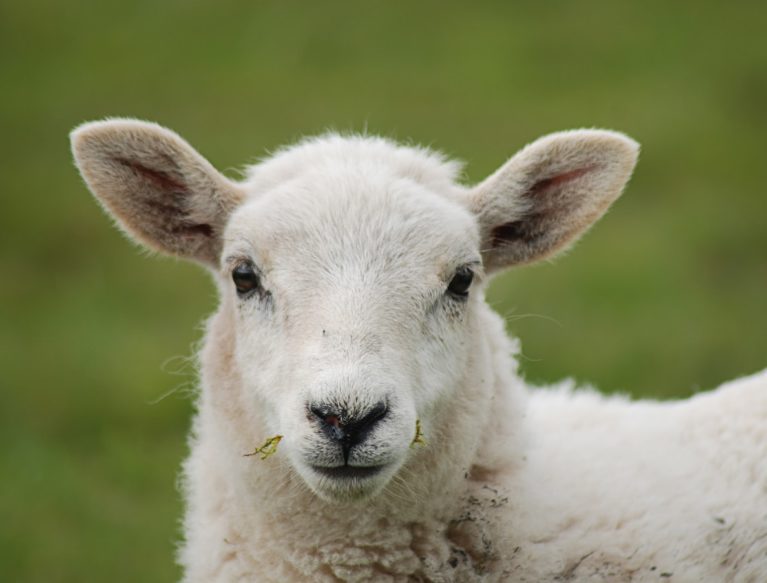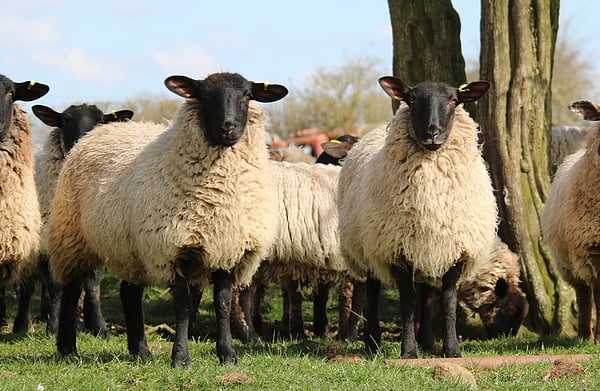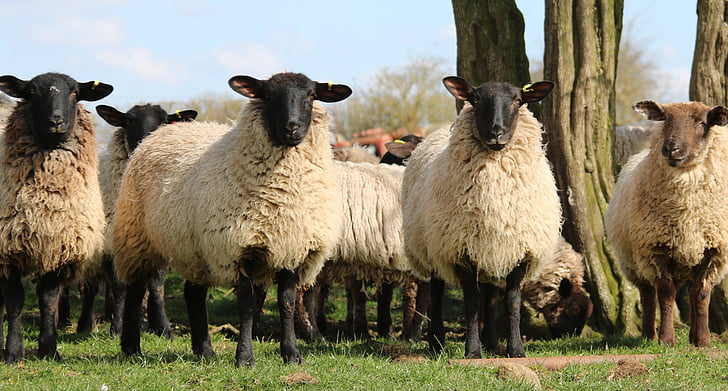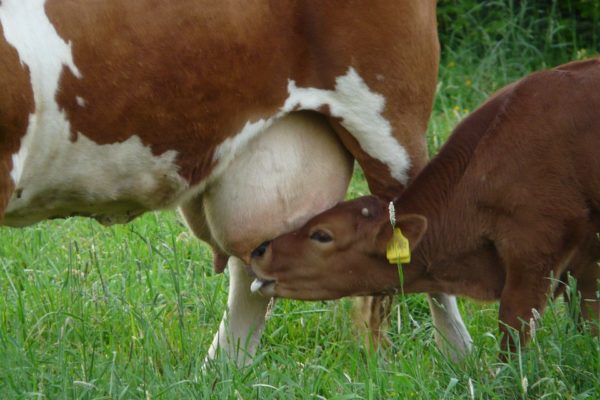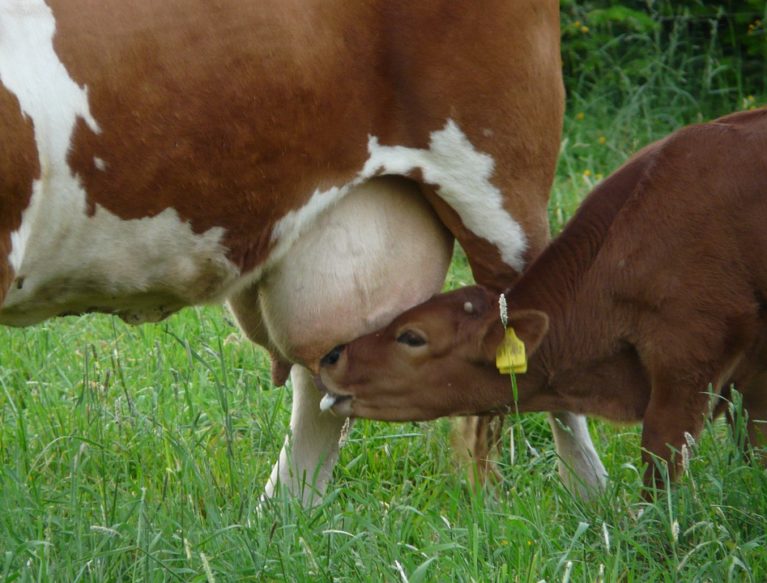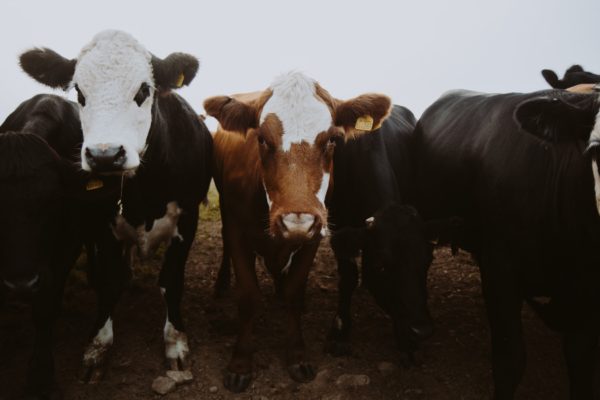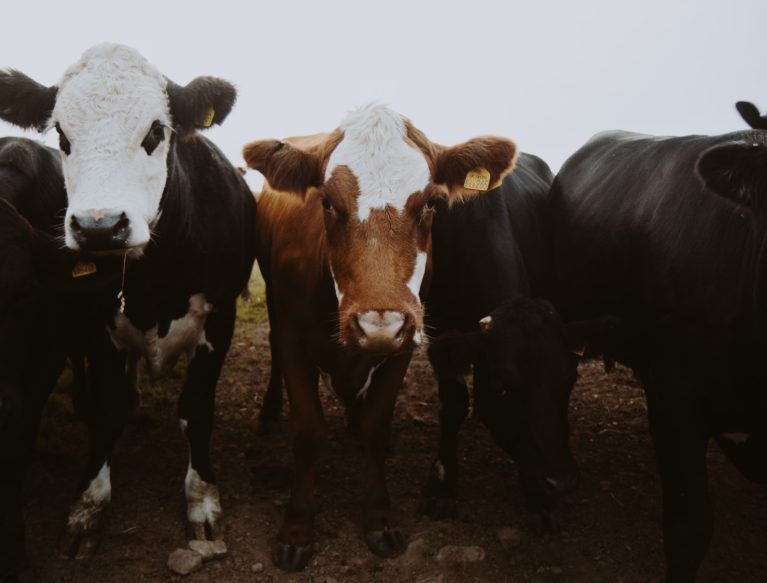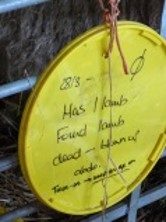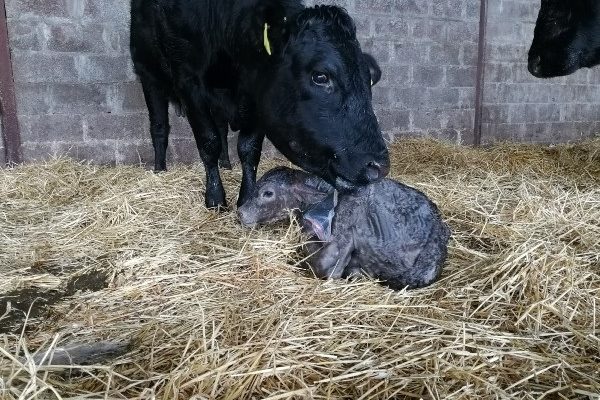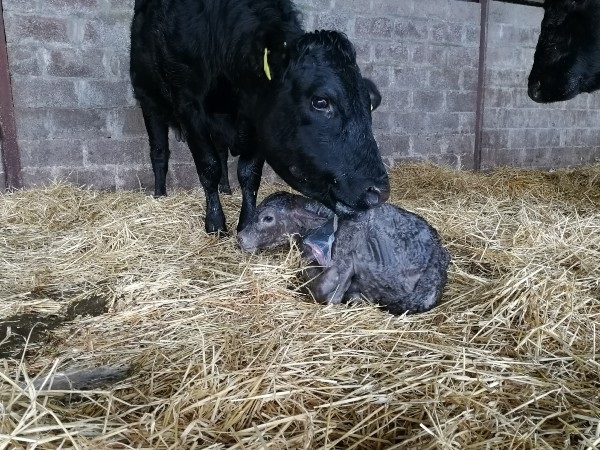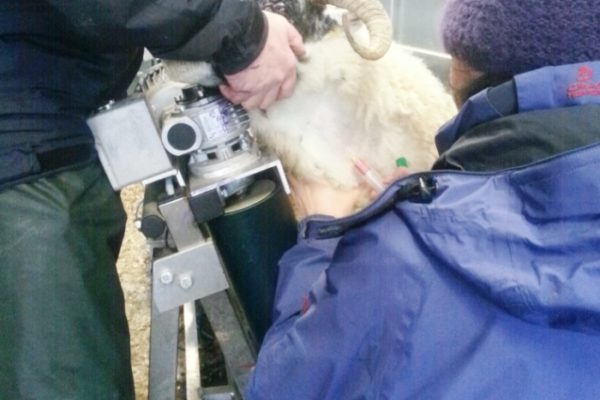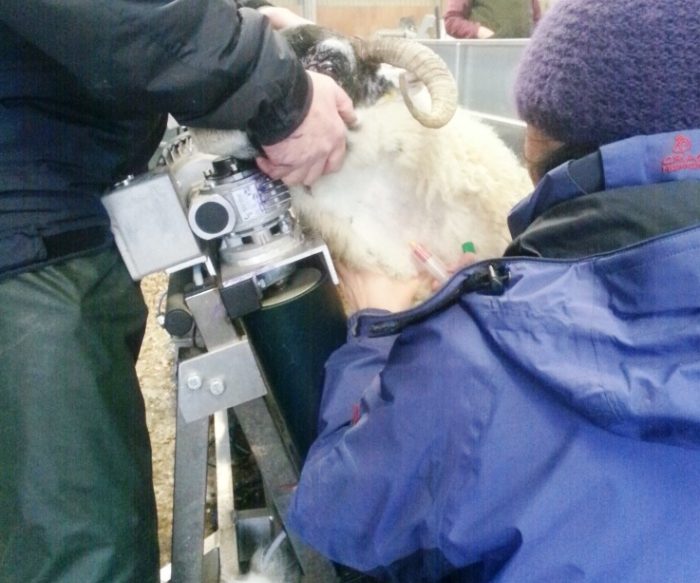Rearing animals [SP.RA]
Keeping Lambs Growing
As lambs get bigger, they get less efficient at growing – an increasing amount of feed is needed solely for their maintenance. The contribution of energy dense milk to their diet starts to decline and the impact of mineral deficiencies and parasitic worms becomes more evident.
Read More >Ewes: Looking After The Next Generation
Whether breeding as ewe lambs or as gimmers, looking after these young ewes will positively affect the flock performance for the next year and improve their lifetime productivity. The ewe that lambs down well in her first year will stand a greater chance of lambing down well in future years. The first step is focusing on their nutrition to get them to target mating weights.
Read More >Problems With Newborn Lambs and Calves Suckling
We have had more reports this year of newborn lambs and calves having problems suckling. In some cases it appears that the young themselves will not suckle and when checked and encouraged appear not to even have a suckling reflex.
Read More >Maximising The Power Of Culling As A Management Tool
Culling cattle out the system is a powerful tool, not only to improve herd performance but also reduce the risk of any animal welfare breakdowns in your herd. There are many reasons for culling cattle, these may vary from farm to farm. However, the time to make culling decisions for breeding animals is restricted.
Read More >A Foolproof Lambing System
Following the social distancing and hygiene measures from the government is highly important for those currently amid, or about to start, lambing – the last thing you want is a…
Read More >Planning ahead for calving in the beef herd
‘Social distancing’ and ‘self-isolation’ were never mentioned until a few weeks ago, we are all now acutely aware of the implications of these measures, as we work together as a…
Read More >Detecting Ewe Under Nutrition In Late Pregnancy
70% of foetal growth occurs in the last 6 weeks of gestation making it crucial to avoid ewe undernutrition during this time. BOHB is found in high levels in the…
Read More >